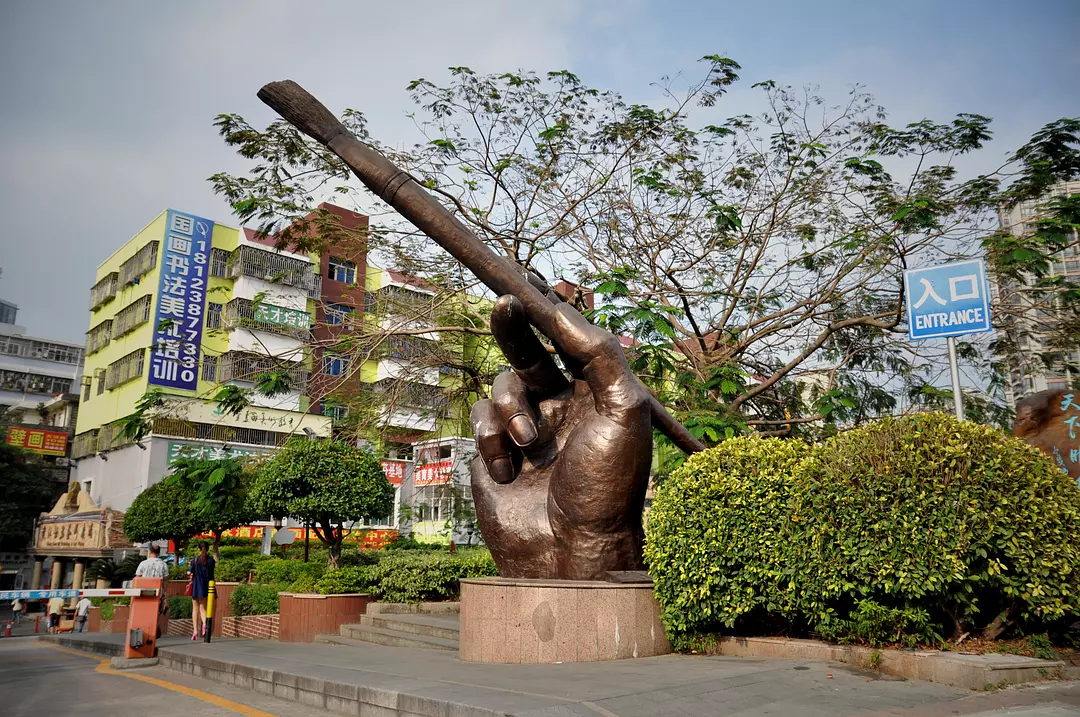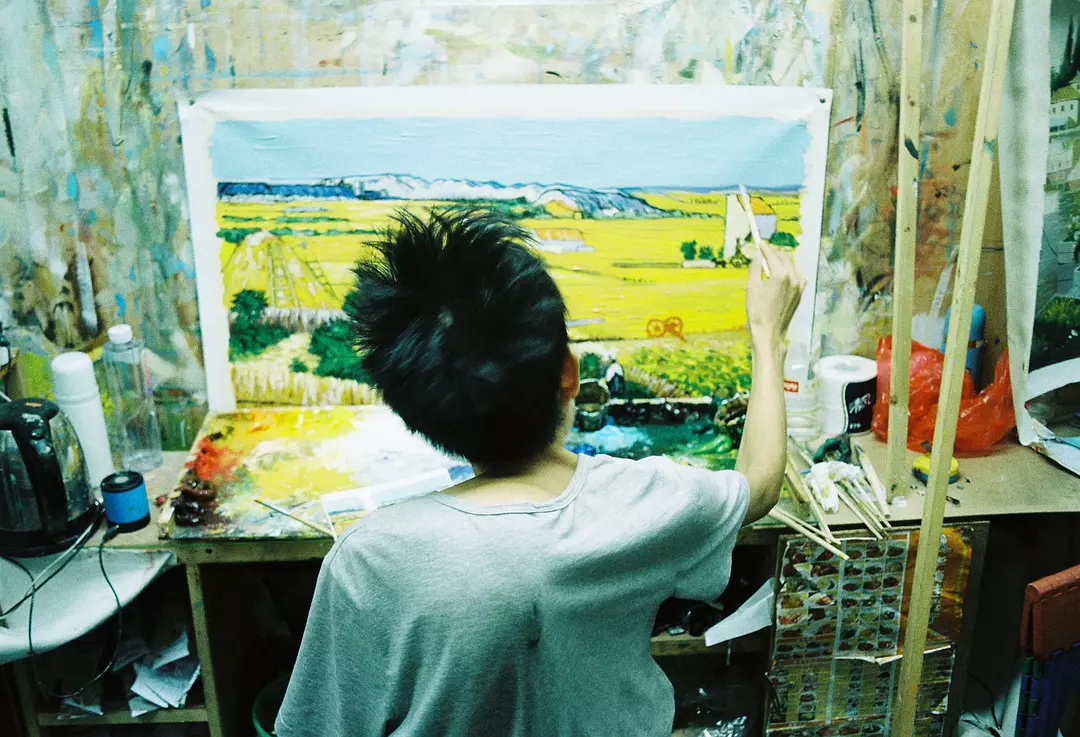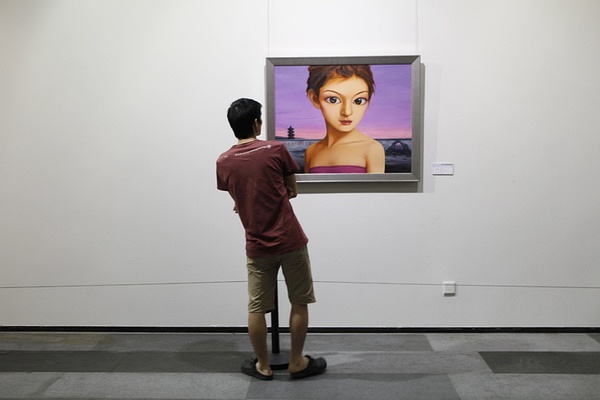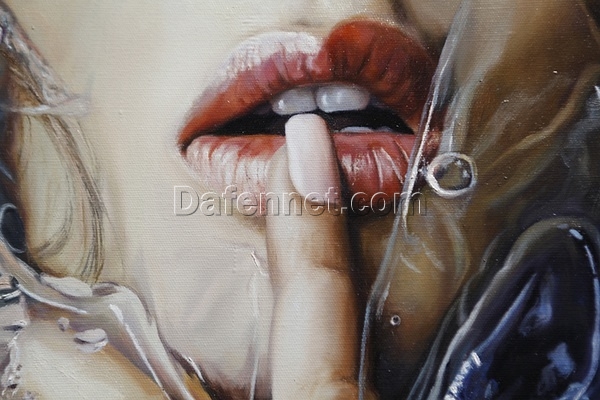Dafen oil painting Village
From Replicas to Originals: The Evolution of Dafen Oil Painting Village
Dafen Oil Painting Village, Shenzhen

I recently listened to a story about Dafen Oil Painting Village on 99% Invisible.
In 1979, a famous Chinese leader “drew a circle” in the South China Sea — and with that symbolic gesture, Shenzhen began its transformation. Through a combination of innovation and imitation, this once small fishing village has grown at miraculous speed to become not only China’s most bustling metropolis, but also the global center for electronics manufacturing.
But parallel to that high-tech ascent, another small village began to rise — in a very different but strangely similar way.

That place is Dafen Village.
Dafen recruited waves of rural laborers, organizing them into small workshops where they reproduced the world’s most famous paintings by hand. Anyone with even the slightest artistic inclination was welcomed. And unbelievably, it worked. Dafen thrived. Through sheer manpower and skill, the village became a production powerhouse of painted masterpieces — so accurate they could easily be mistaken for the real thing. The Mona Lisa, The Birth of Venus — anything you wanted, they could paint. Fast.
Powered by the relentless diligence that Chinese workers are known for, these artists turned imitation into a kind of industrial craft. The most skilled painters could reproduce up to 26 paintings in a single day. A shiny apple could be painted in just three perfect brushstrokes — enough to make Da Vinci roll over in his grave from sheer disbelief.
And yes, as the practice became more mature, so did its hierarchy. Beginners started with Van Gogh. Move up, and you’re doing Impressionism. If it’s Neoclassicism? Only the true masters could handle that.
Naturally, Dafen’s booming output drew the attention of the media. Western journalists were quick to condemn, accusing China of “copying art” instead of creating it. But here’s the irony: over 80% of Dafen’s clients came from the West. In other words, the very success of Dafen’s replica art industry was driven by Western demand — people wanted these works to decorate their offices and living rooms.
The Shenzhen government, however, wasn’t thrilled about the “art theft” narrative. They tried to rebrand Dafen, pushing for more original creation, and even officially renamed it Dafen Oil Painting Village to elevate its image. But the reality was that orders kept pouring in — and they were almost all for replicas. Attempts to steer the village toward innovation quietly faded away.
Then came the 2008 financial crisis.

With the global economy in collapse, Dafen’s orders dropped off a cliff. But as Western markets recovered, something else changed: taste. People no longer craved classical reproductions. Instead, they began to value uniqueness, creativity, and personal meaning.
Suddenly, originality arrived — not through top-down policy, but through market demand.
Now, for a fraction of the price, you could commission your very own oil painting — a one-of-a-kind piece, hand-painted by a village artist in China. Every work bore the artist’s unique brushstrokes, their thoughts, their hands.

So now, if you’re in Finland, you can snap a photo of you and your British friend eating Japanese food — and for just $30, a painter in Shenzhen will transform that moment into a bespoke oil painting.
Isn’t that kind of beautiful?

